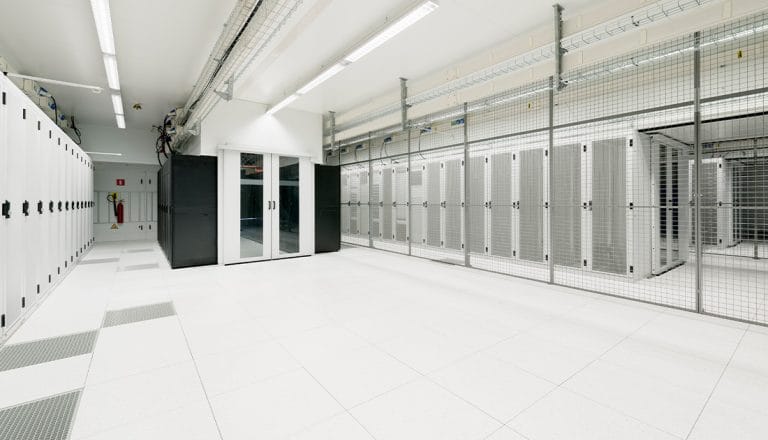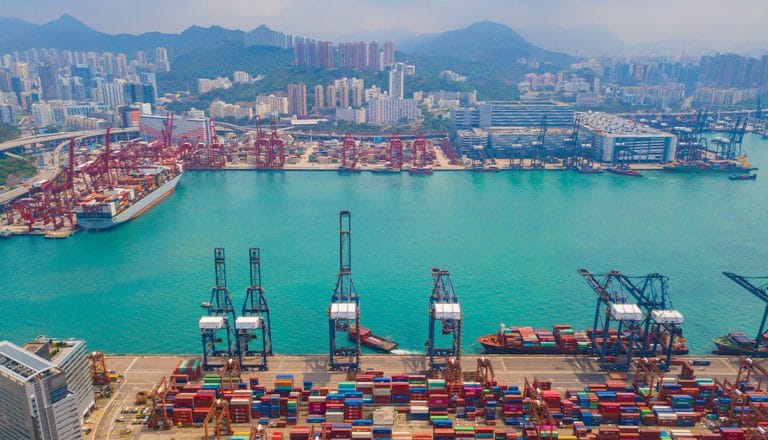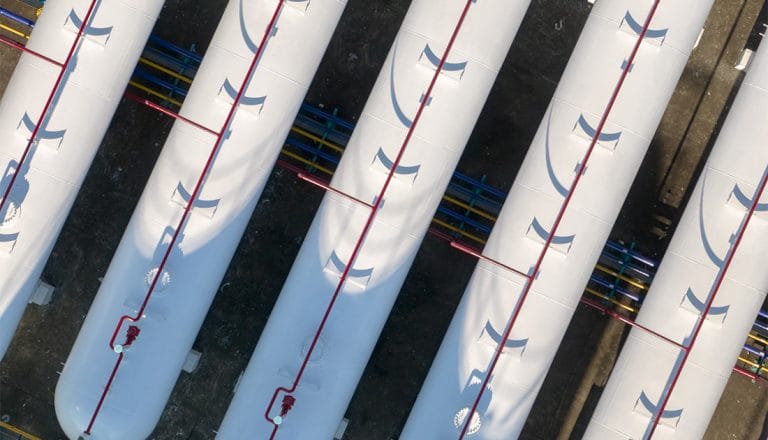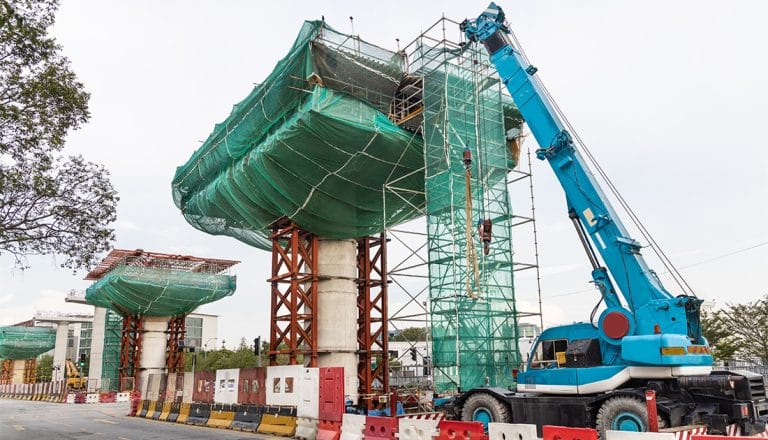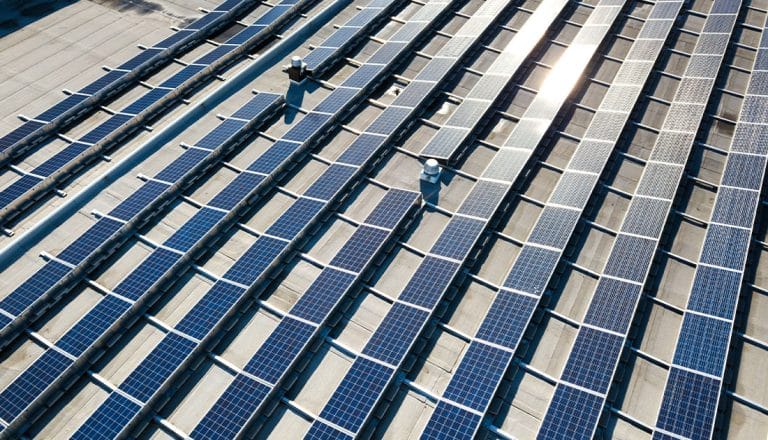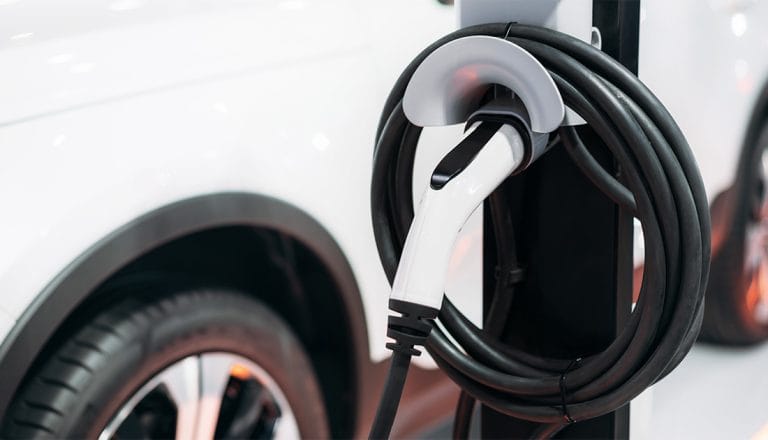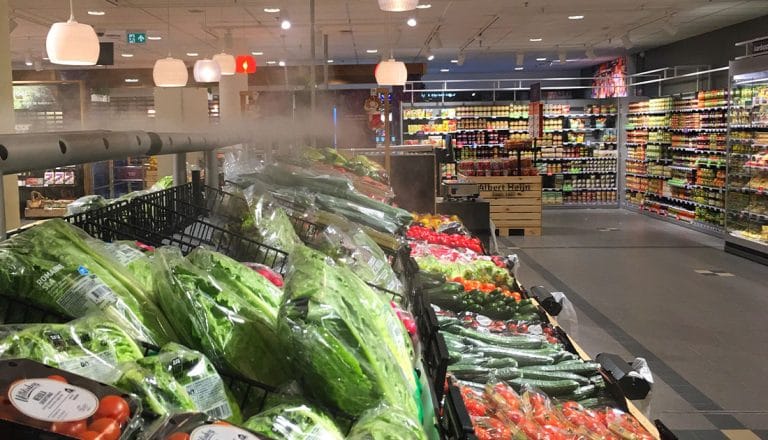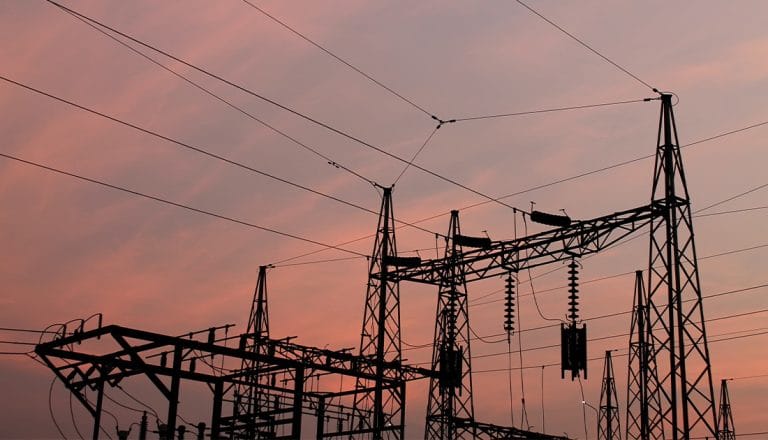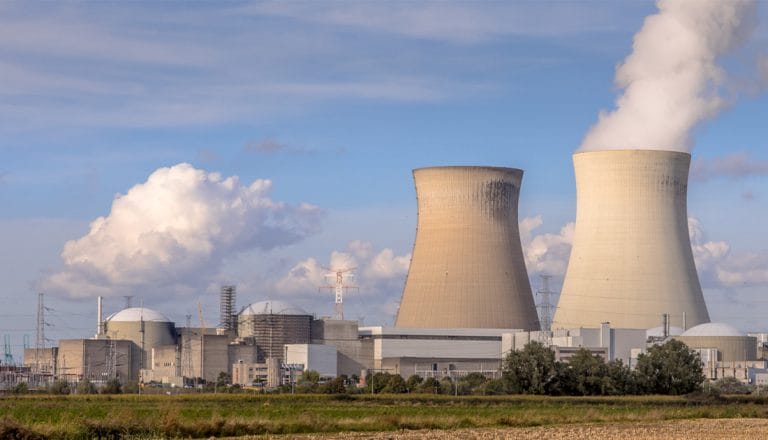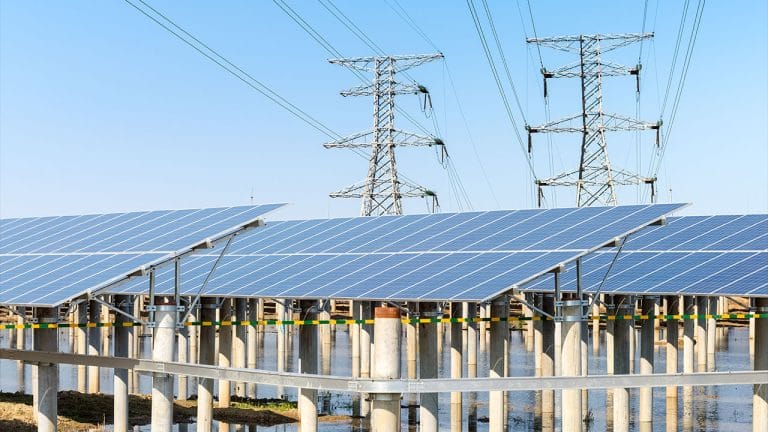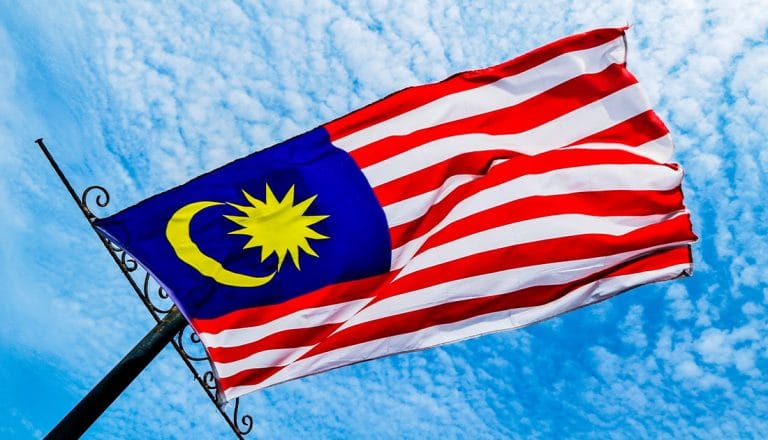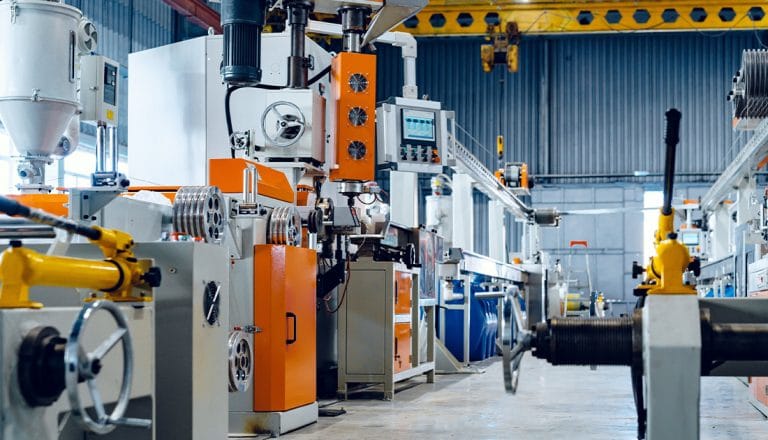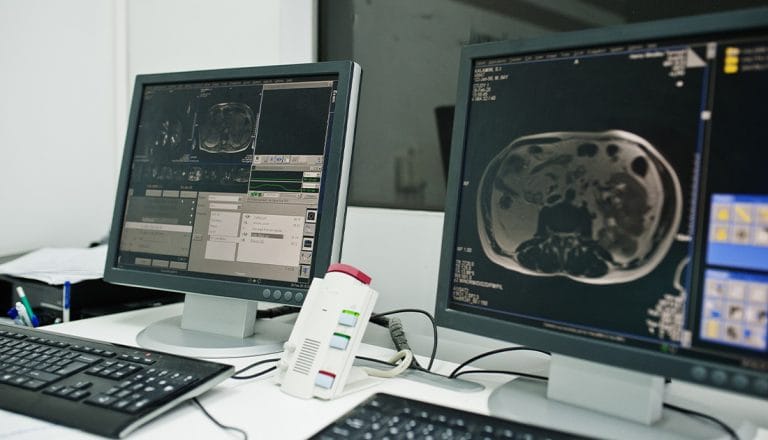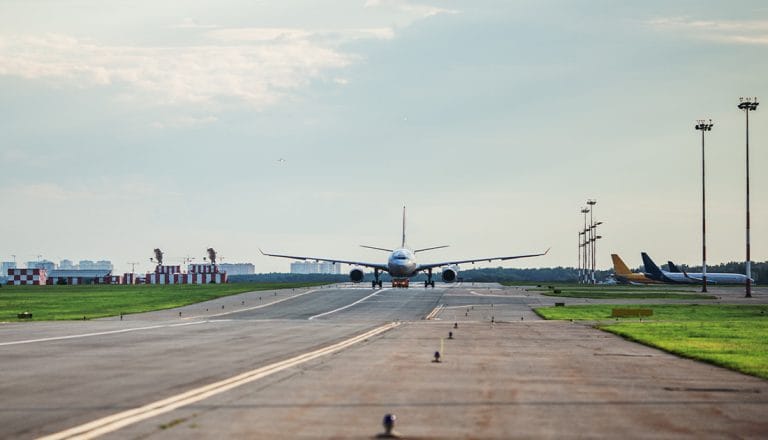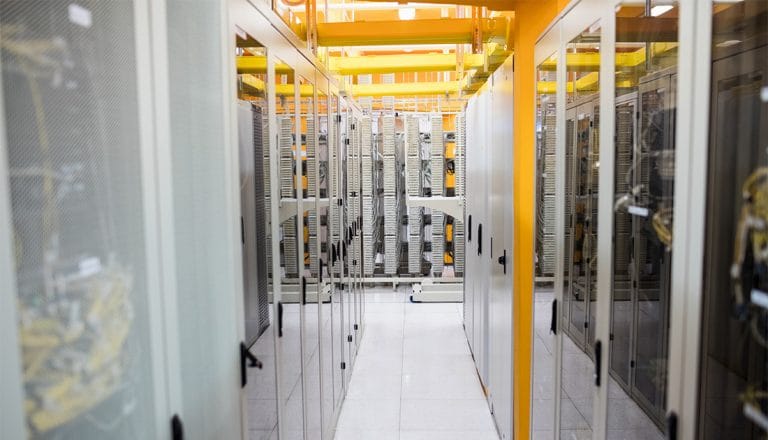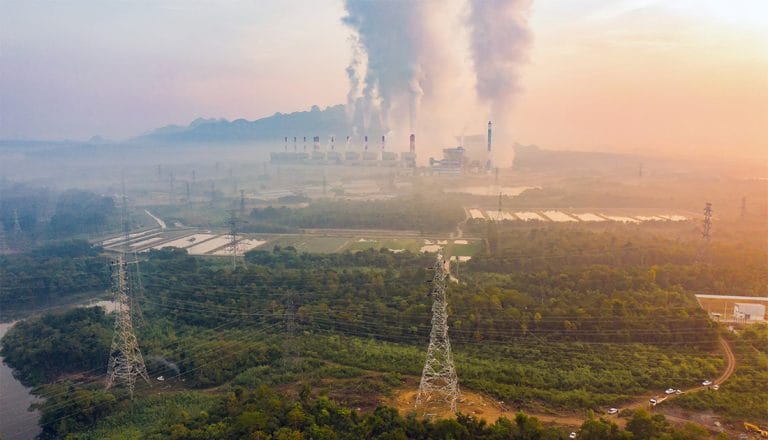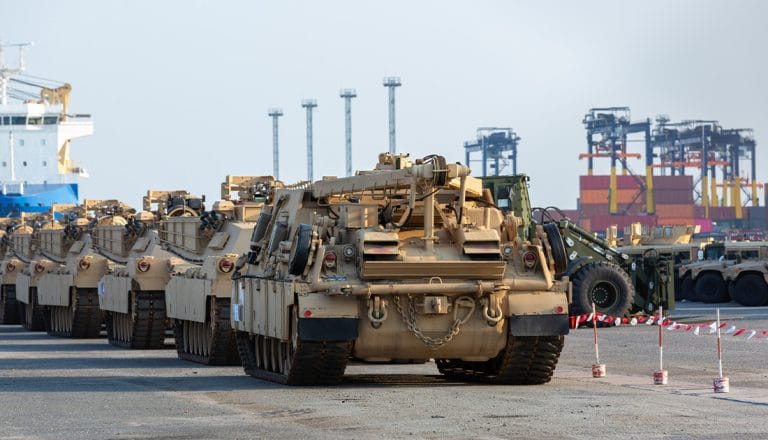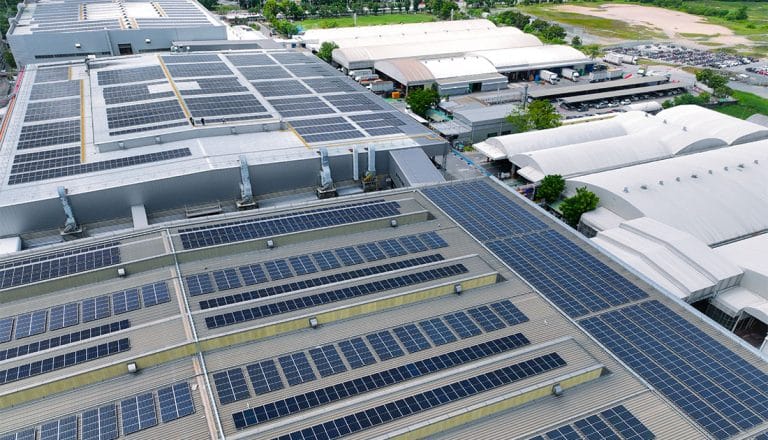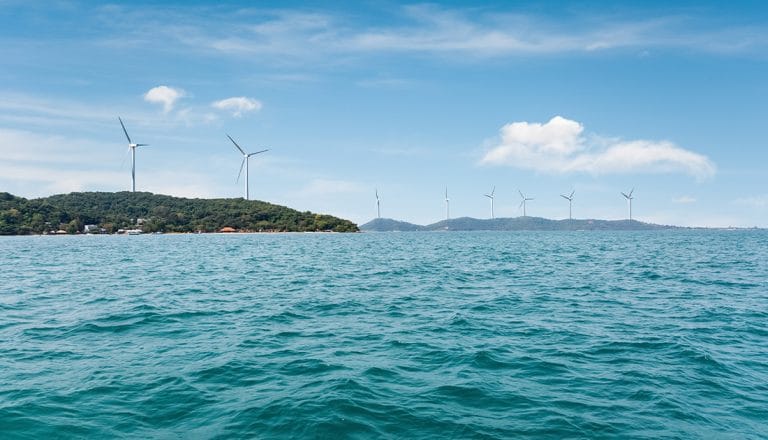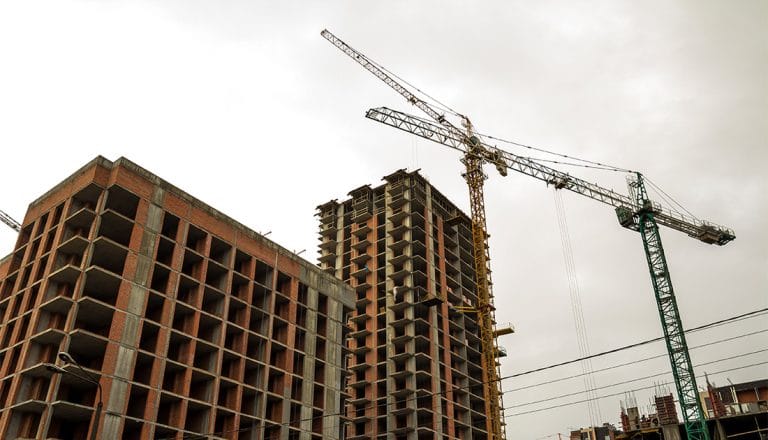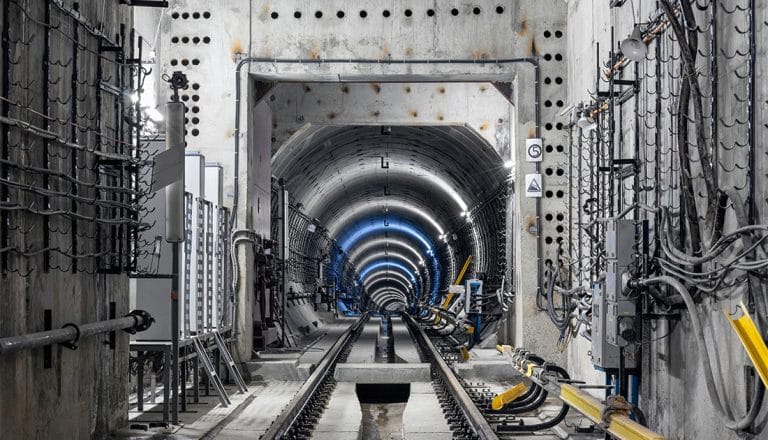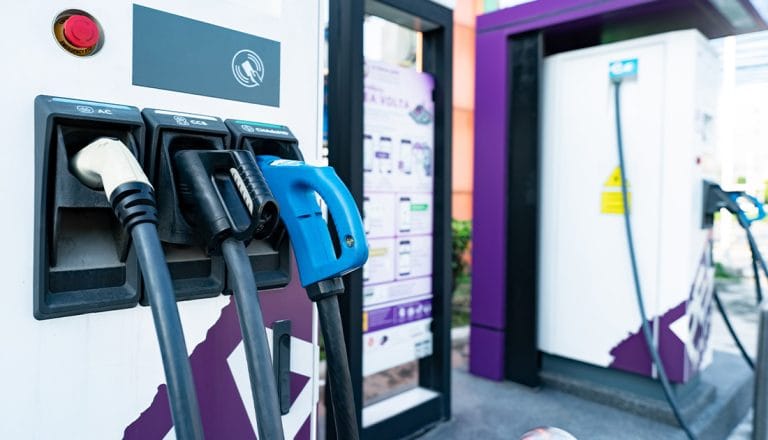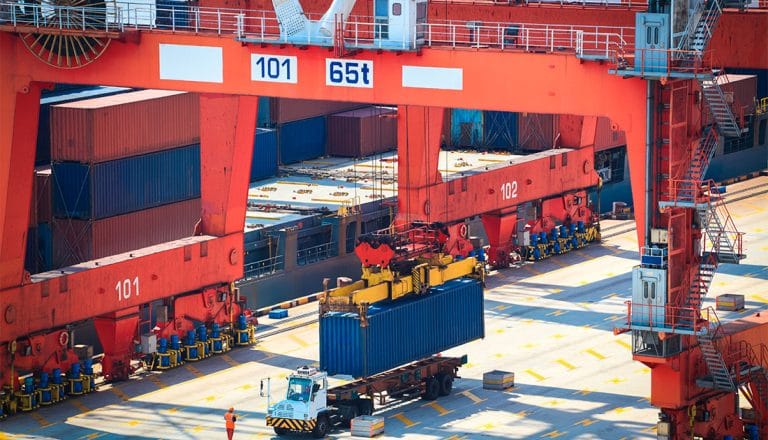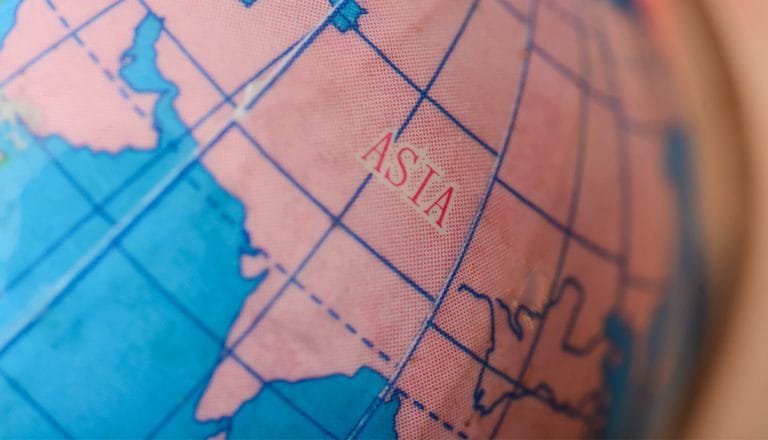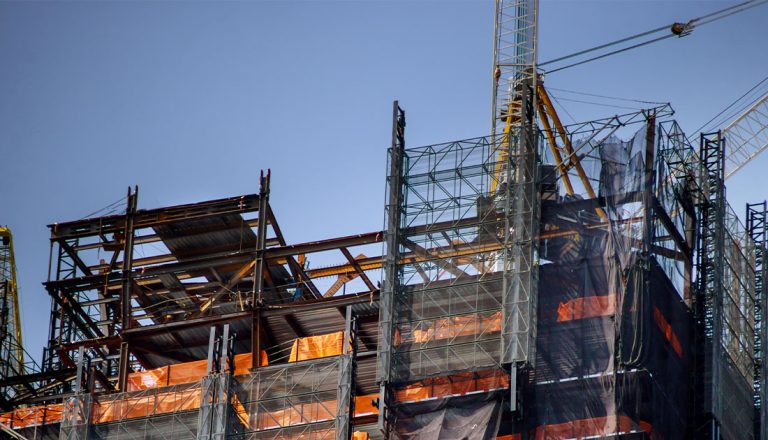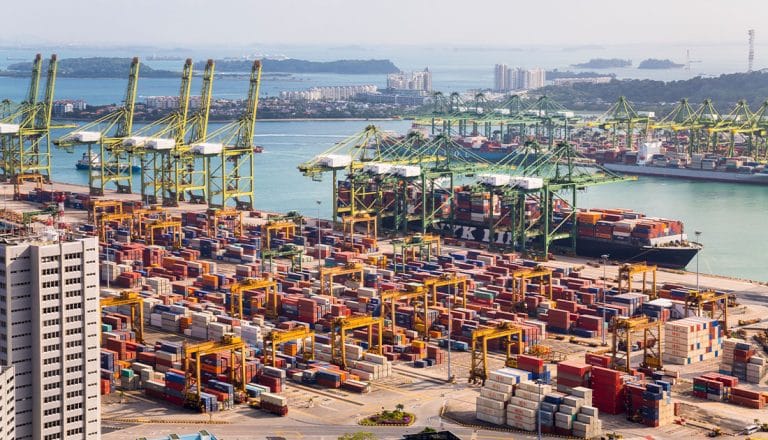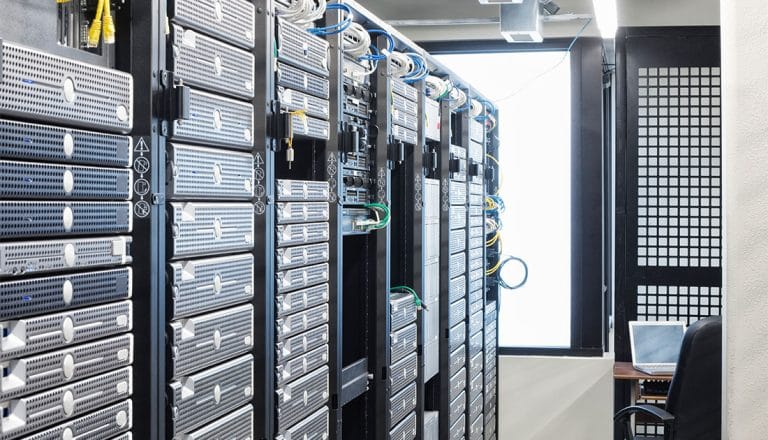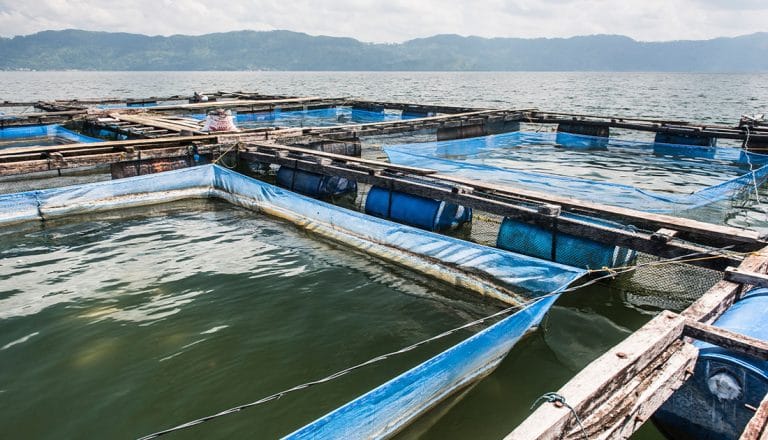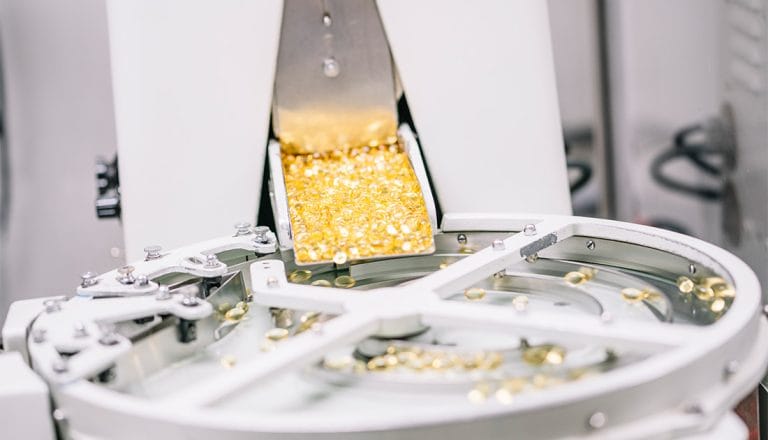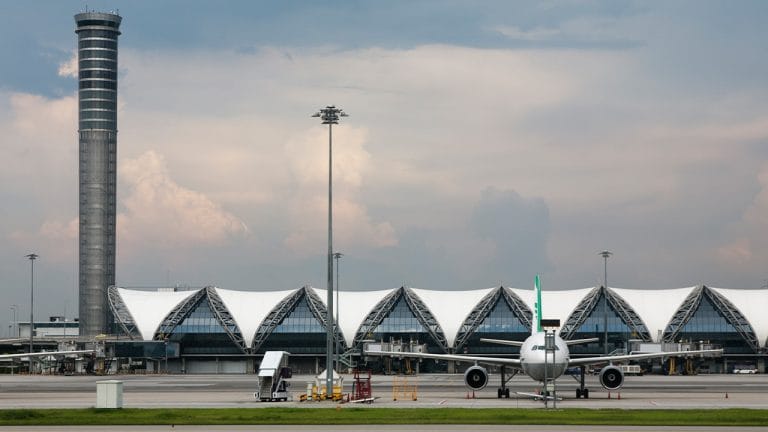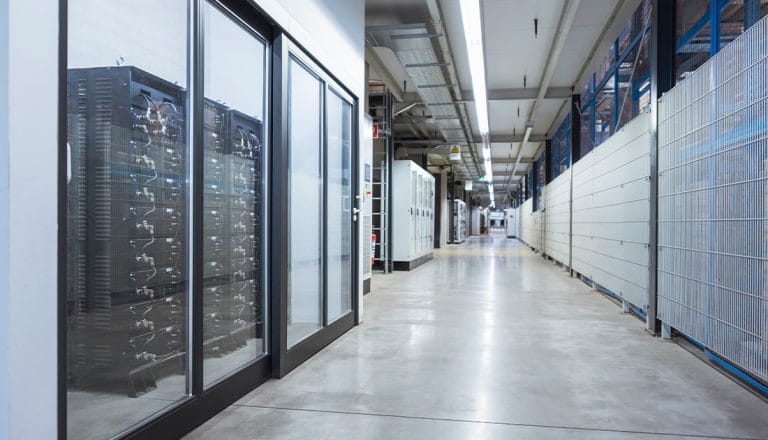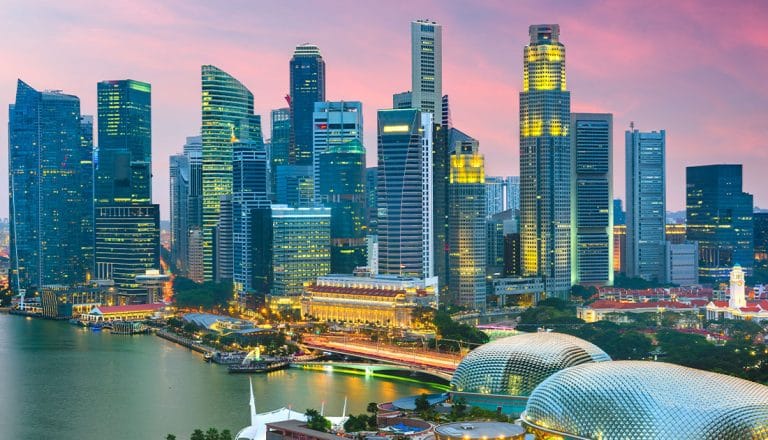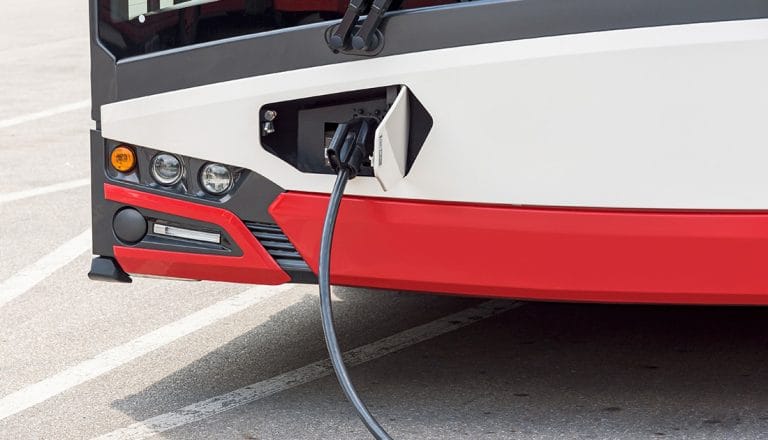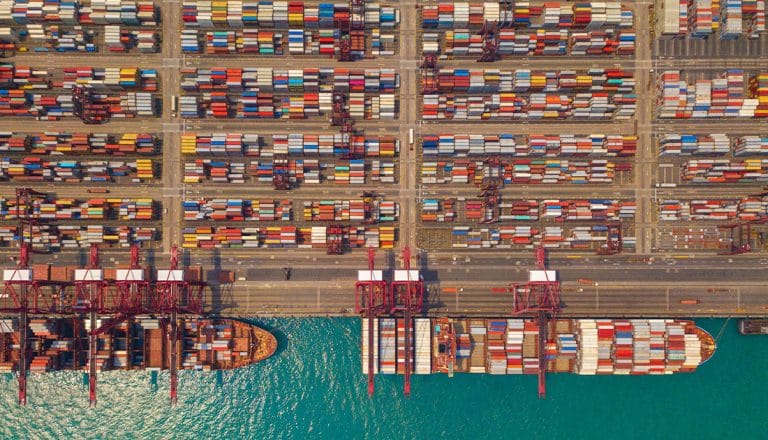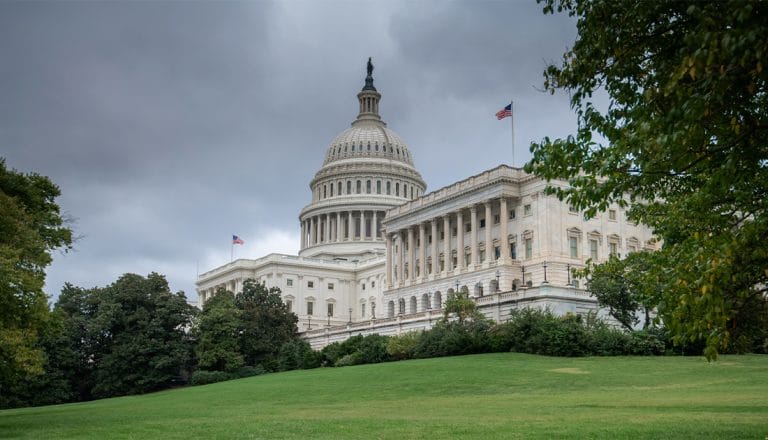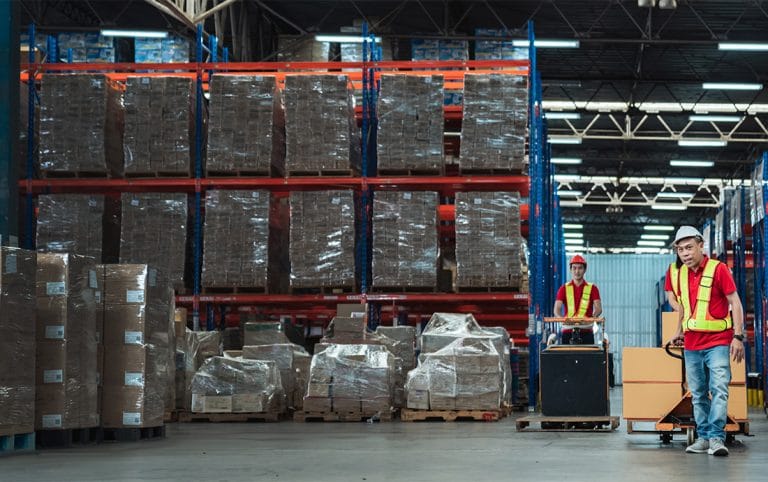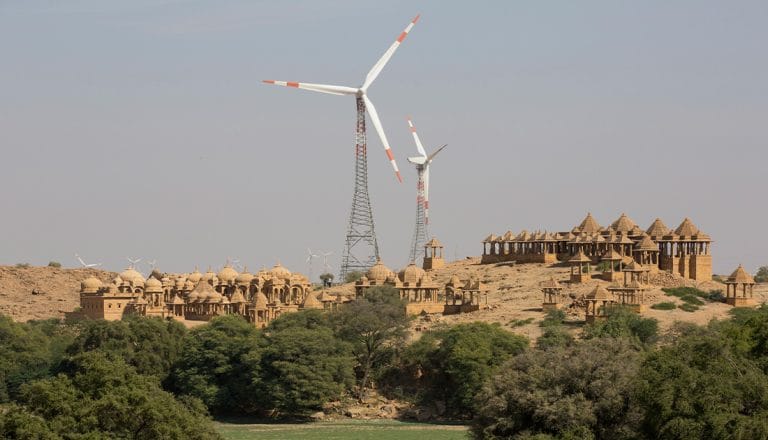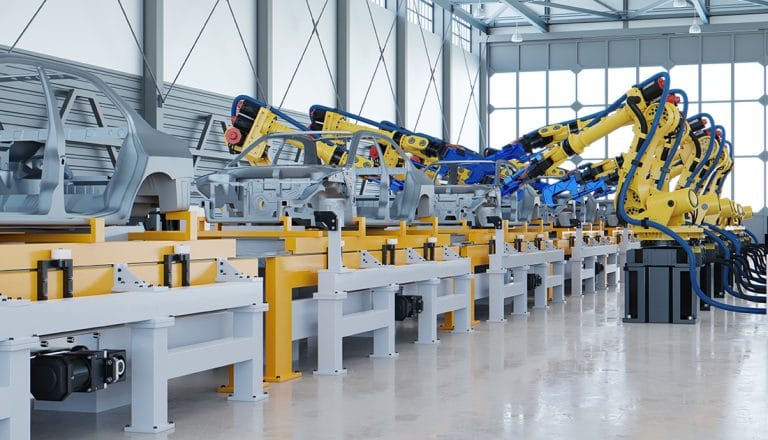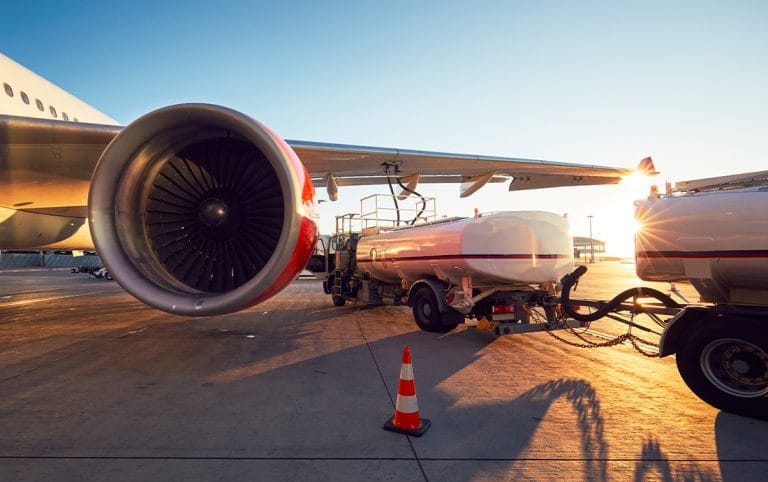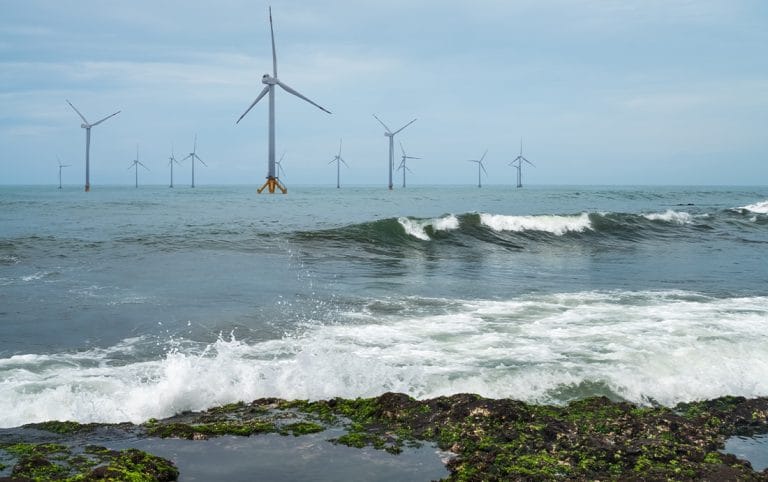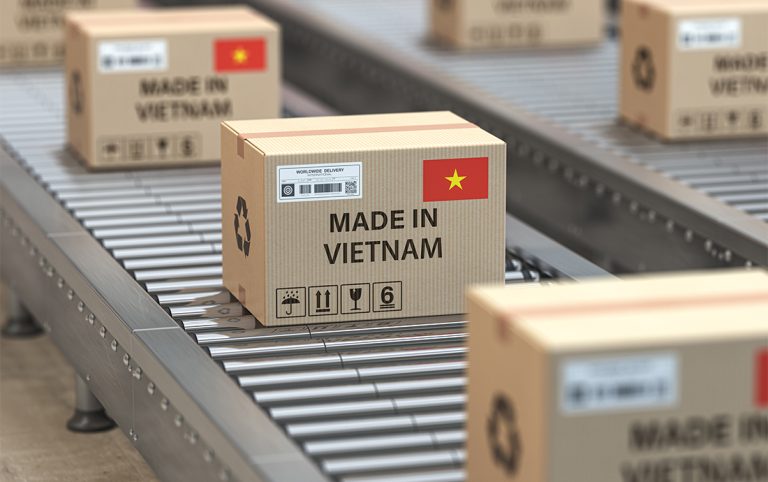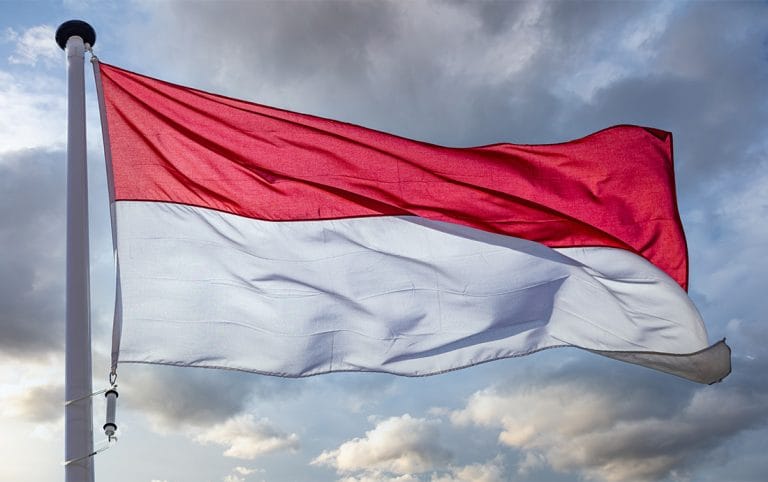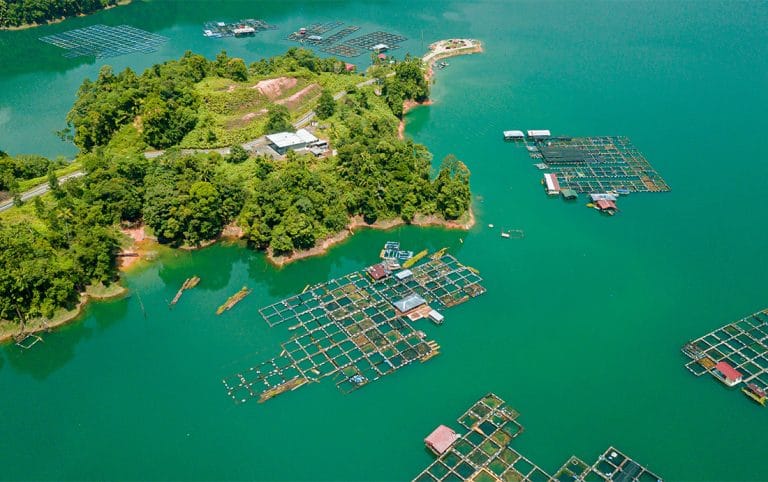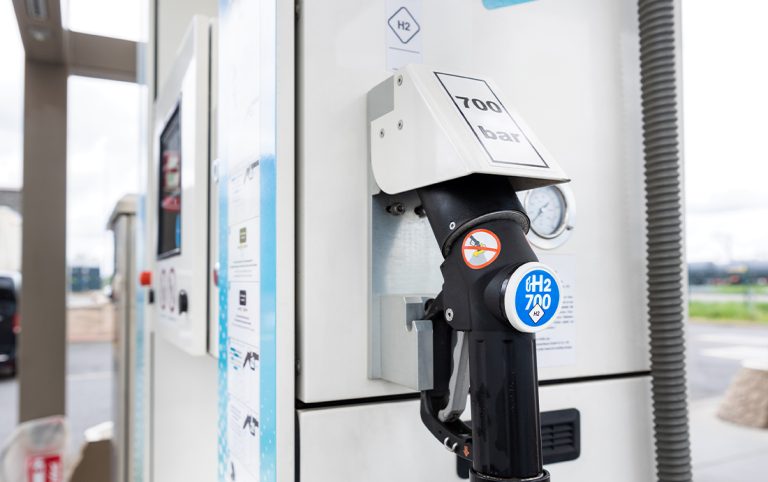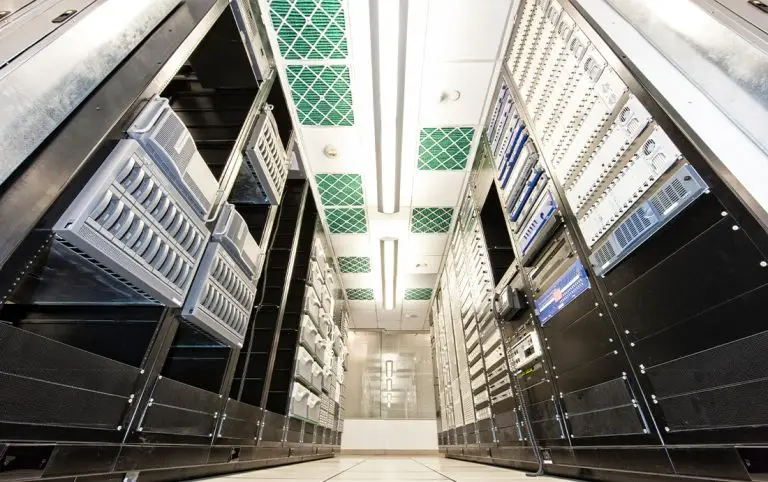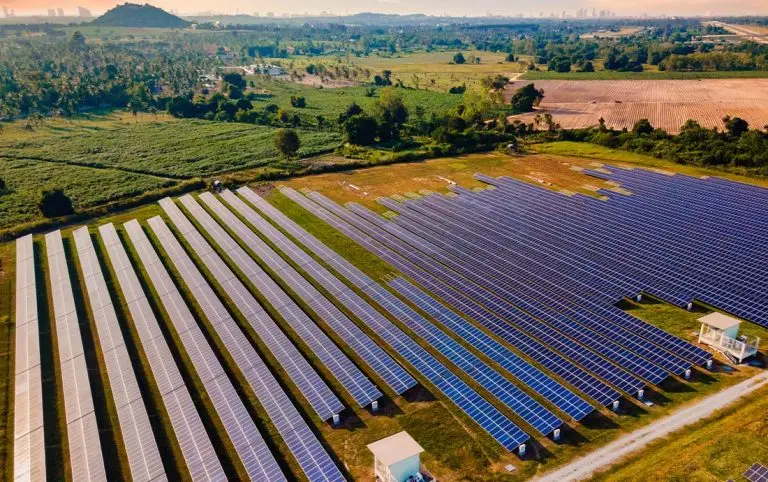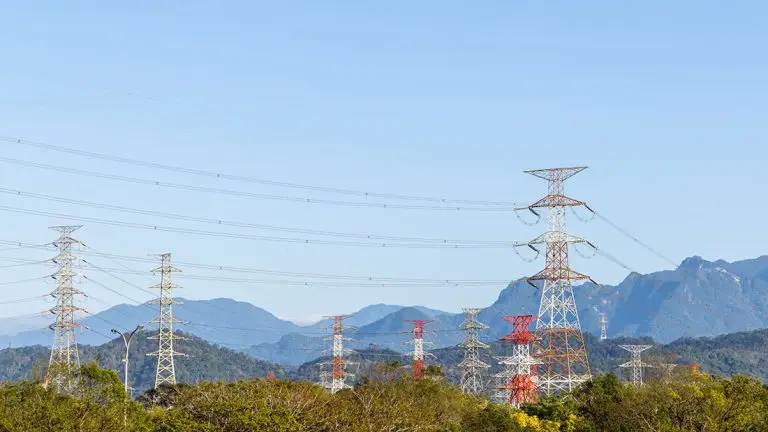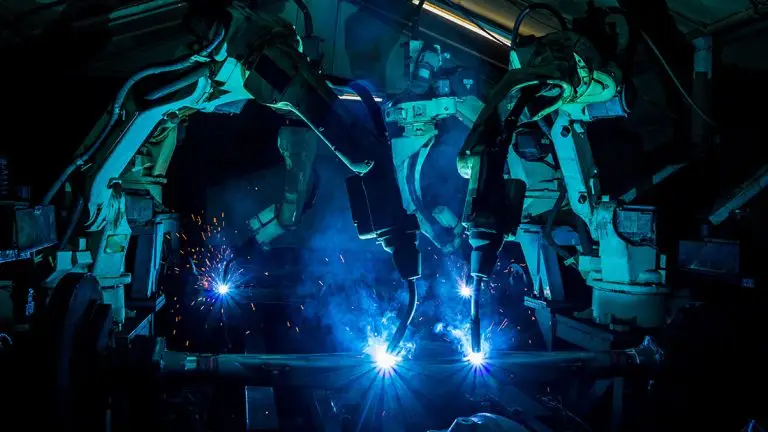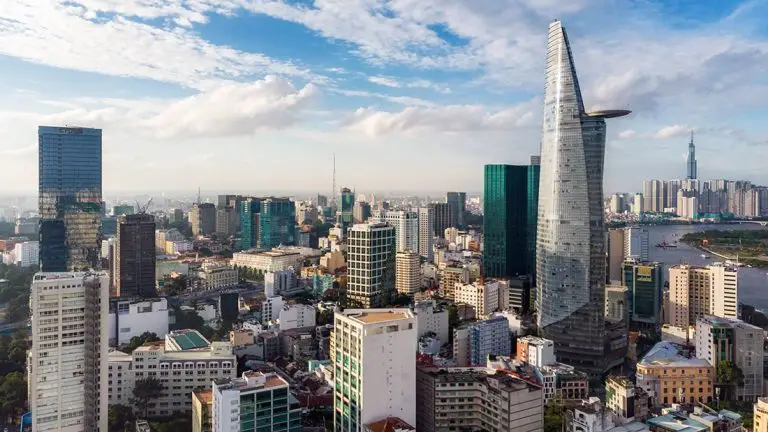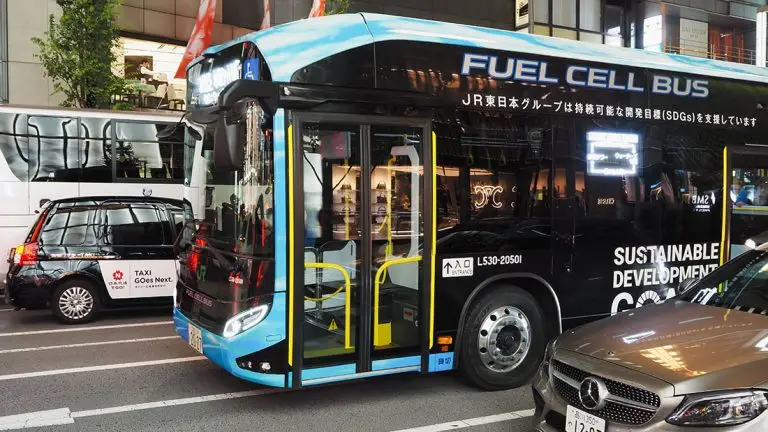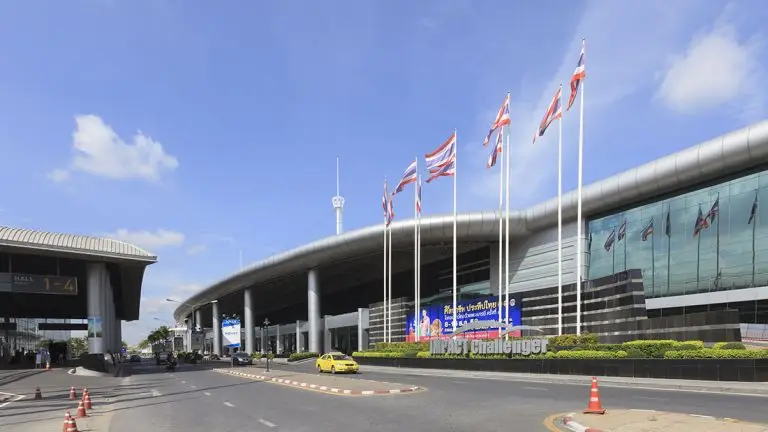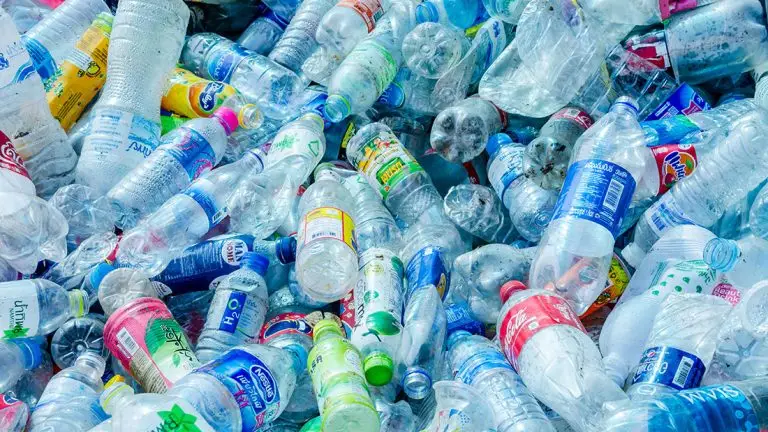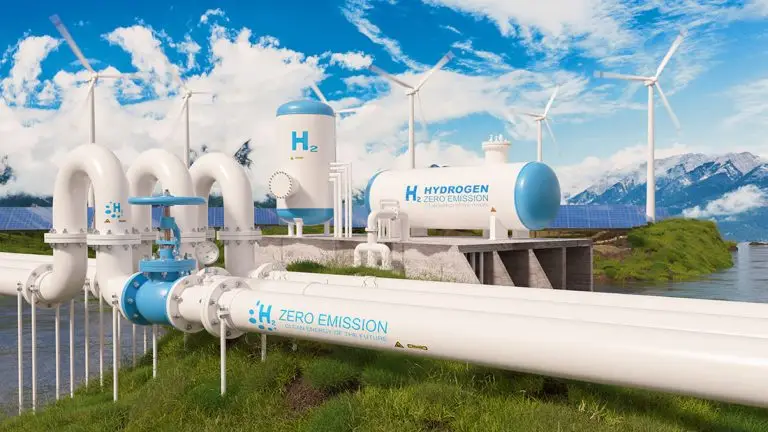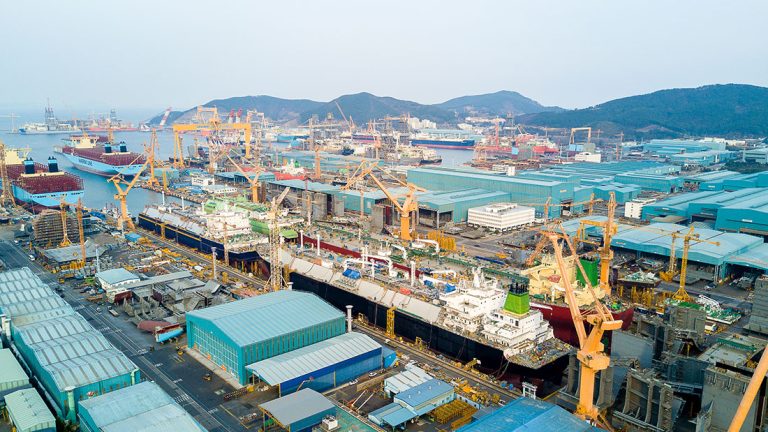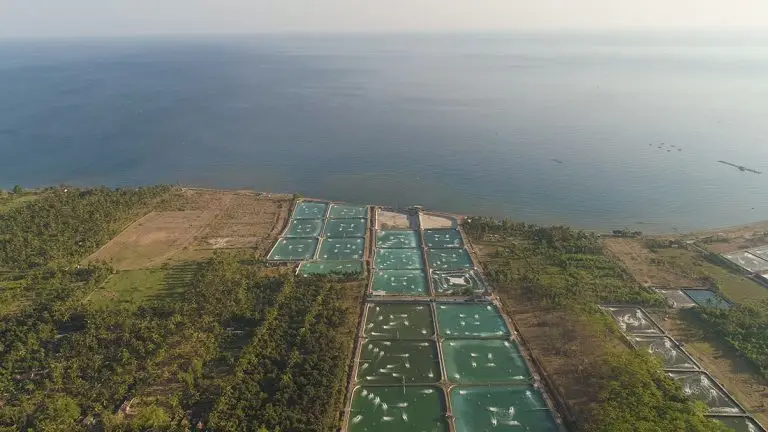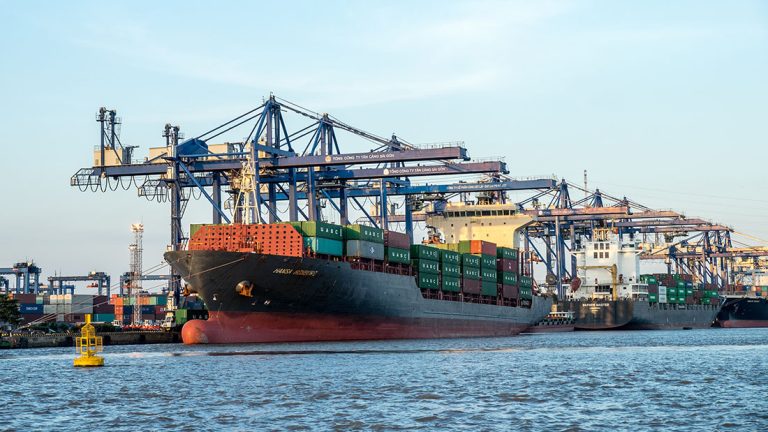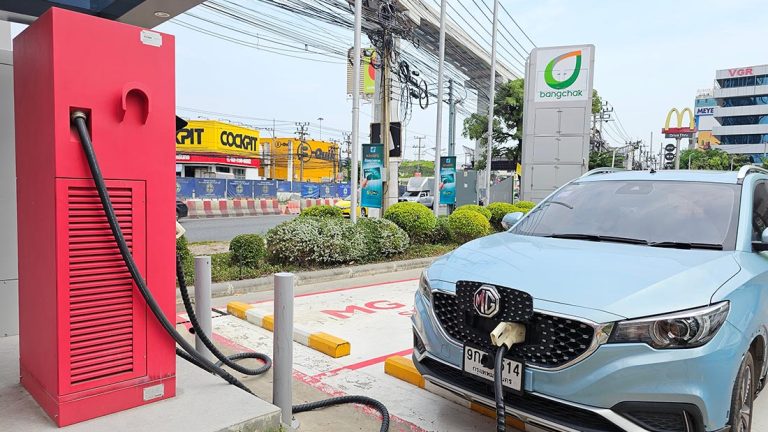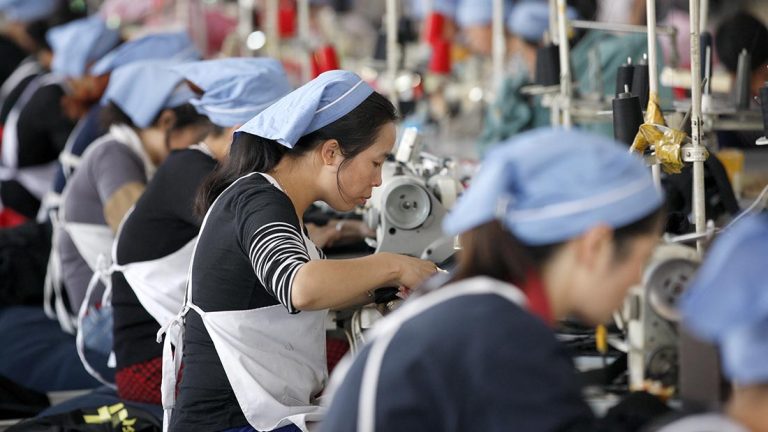- The Asia Pacific region is predicted to account for almost 70 percent of the global battery energy storage market through 2026
- BESS compound annual growth rates in Asia are projected to be 15-30 percent between now and the decade’s end
- Opportunities in BESS are localised due to the fragmented development that has taken place in each country
Battery Energy Storage Systems (BESS) and related solutions are critical for Asian countries to reach stated renewable energy targets. Many governments have already identified this need and are implementing or planning programmes to create favourable market entry conditions for foreign businesses. Asian Insiders Managing Partner Jari Hietala provides an analysis of BESS investment opportunities in Asia.
Asia is committed to lowering emissions and increasing renewable energy production, although targets and timelines vary from country to country. There has been a near regionwide scaling up of wind, solar, and other green power production over the past few years. Considerable work remains on this front, but the progress so far has created another challenge: a lack of stability.
Renewables such as wind and solar cannot always provide an uninterruptible power supply. At least not without Battery Energy Storage Systems (BESS). Unsurprisingly, a number of countries are prioritising the sector as they look at ways to improve energy security while phasing out electricity from sources like coal.
The Asia-Pacific region is predicted to account for almost 70 percent of the global battery energy storage market through 2026. The region’s market size in 2024 was USD4.5 billion. BESS compound annual growth rate (CAGR) projections vary quite a bit with low-side estimates being 15 percent while optimistic forecasts of more than 30 percent are being predicted in some corners.
Even should the most modest projections hold true, the BESS market in Asia will see significant growth between now and the end of the decade, creating opportunities for overseas businesses.
Locating BESS opportunities in Asia
China is the most significant BESS player with Japan, India, and South Korea also making promising inroads. Several countries in Southeast Asia are increasingly exploring BESS solutions as the technology costs have fallen. Here are a few market situations worth monitoring.
China
China aims to build 100 GW of battery storage capacity by 2030 as it looks to fully harness the raft of clean energy projects either completed or being developed. Renewables now make up more than half of power generation capacity in the country.
Foreign investment in the BESS sector is allowed, and the government is investing heavily in order to reach current targets. Technology providers are of the most interest in China as the country is still playing catch up with the United States and Europe as it relates to energy storage.
India
India has vast potential for BESS. Like many other countries in Asia, incorporating more renewables into the energy mix is a priority. The shift is a welcome development, but supply and demand challenges remain. The National Electricity Plan (NEP) 2023 noted that India needs more than 236 GWh of battery storage capacity in 2031-32 and 1840 GWh by 2047. This has created widespread opportunities across the value chain for foreign companies.
South Korea
South Korea has made its BESS intentions well known, proclaiming it wants to be a global leader in the sector. A few notable milestones have already been reached. In 2024, the Korean Electric Power Corporation (KEPCO) launched operations at a massive BESS project. More developments are slated to come online in the near future.
The government continues its proactive approach to supporting growth, including requiring all new public buildings to be equipped with energy storage systems.
Thailand
Thailand has stated it wants to achieve carbon neutrality by 2050 and reach net zero carbon emissions by 2065. Renewable energy is expected to account for nearly 35,000 MW of new electricity to come online in the country during the coming years.
Despite this, very little progress has been made in terms of implementing BESS. For example, several large solar projects do not have storage on-site, meaning they are unable to sign firm or semi-firm power purchase agreements (PPAs) with the Electricity Generating Authority of Thailand (EGAT).
In 2023, the Energy Policy and Planning Office (EPPO) and relevant agencies teamed up to create an action plan promoting Thailand’s battery energy storage industry. The newfound sense of urgency is creating opportunities for foreign investors, in particular, companies considering domestic manufacturing of batteries or related products.
Vietnam
It is still very much early days for the BESS industry in Vietnam. The Electricity and Renewable Energy Authority (EREA) of the Ministry of Industry and Trade is bringing stakeholders together in an attempt to understand how battery storage can be integrated into the existing power grid.
In the Eighth Power Development Plan (PDP 8), Vietnam set a target of developing at least 300MW of energy storage by 2030. A substantial BESS pilot project under Vietnam Electricity was launched in early 2024, but a lot of work is required for the country to reach this capacity goal.
The new Electricity Law has created a solid framework designed to promote renewable energy investment. The regulation outlines incentives potentially available to private investment in energy storage systems as well.
BESS challenges in Asia
The BESS market in Asia is rife with potential, but a few obstacles are worth highlighting. First, certain technologies or services may be cost prohibitive in select markets. It is essential to understand what countries are a good fit from both a need and financial standpoint.
Adequate infrastructure is proving to be a challenge as well. Many markets are still in the early stages of integrating BESS into existing grid systems. Work remains ongoing, and a local partner can provide on-the-ground insights on where things stand. It should be added firms with expertise in grid infrastructure along with battery storage can potentially tap into those combined opportunities.
Finally, the long-term commitment and localised nature of most BESS investments can create some uncertainty in markets where there is a risk for instability.
Final thoughts
Asia Pacific is the largest market for BESS and is expected to be the fastest growing moving forward. Several countries are now seeing a disconnect between renewable energy projects developed or under construction and grid stability. Making wind, offshore wind, solar, and other clean energy sources reliable has become a priority.
Ultimately, BESS integration is the only way for Asia to meet its renewable energy targets. Needs do vary greatly on a country basis. For instance, China is more focused on technology. South Korea is keen on Smart Grids and other integration tools. Thailand is exploring manufacturing. India and Vietnam are in the early stages of deployment and seek assistance across the value chain.
For foreign investors, BESS opportunities are widely available in Asia. However, it is necessary to understand where each market stands and what types of tools, technologies, and services they require. Having a partner such as Asian Insiders can provide you with a detailed understanding of where your firm best fits into the equation.
Asian countries are actively seeking firms boasting BESS technologies or knowledge. To assess your readiness to enter the market, schedule a no-obligation call with Jari Hietala, Managing Partner: jari.Hietala (at)asianinsiders.com

